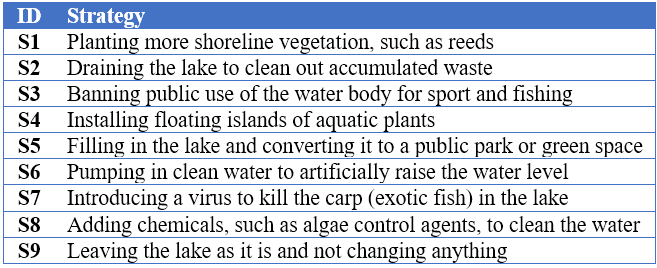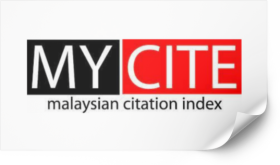Strategies for Improvement of Water Quality in Urban Lakes
DOI:
https://doi.org/10.37934/progee.29.1.15Keywords:
Eutrophication, Lake pollution, Sustainable lake management, Urban biodiversity, Water pollutionAbstract
Urban lakes play a crucial role in maintaining ecological balance and improving environmental conditions within cities. They also contribute to socio-economic development by providing recreational opportunities and attracting visitors. However, there are many issues that lead to adverse effects on the water quality in the lakes. Strategies to improve the water quality have to be identified. Implementation of the strategies is dependent on the support from construction professionals. Therefore, in the present study, the levels of support towards the implementation of the strategies are investigated by means of a questionnaire survey among construction professionals. Results revealed that, draining the lake to clean out accumulated waste, pumping in clean water to artificially raise the water level, and planting more shoreline vegetation, obtained the highest levels of support. They also highlighted the importance of implementing a combination of the strategies for a successful overall improvement in the water quality.
References
B. Ji, C. Liu, J. Liang, J. Wang, Seasonal succession of bacterial communities in three eutrophic freshwater lakes, International Journal of Environmental Research and Public Health 18 (2021) 6950. https://doi.org/10.3390/ijerph18136950.
A. Ibrahim, S. Aisyah, I. Akhdiana, Lukman, A. Rahmadya, N. Mayasari, Evaluation of the physico chemical properties of pond Cibuntu, Bogor Regency, West Java, Journal of Natural Resources and Environmental Management 11 (2021) 513–523. https://doi.org/10.29244/jpsl.11.4.513-523.
K. Zhang, G. Yun, P. Song, K. Wang, A. Li, C. Du, X. Jia, Y. Feng, M. Wu, K. Qu, et al., Discover the desirable landscape structure of urban parks for mitigating urban heat: a high spatial resolution study using a forest city, Luoyang, China as a lens, International Journal of Environmental Research and Public Health 20 (2023) 3155. https://doi.org/10.3390/ijerph20043155.
S. L. Rumschlag, M. B. Mahon, D. K. Jones, W. Battaglin, J. Behrens, E. S. Bernhardt, P. Bradley, E. Brown, F. De Laender, R. Hill, et al., Density declines, richness increases, and composition shifts in stream macroinvertebrates, Science Advances 9 (2023) eadf4896. https://doi.org/10.1126/sciadv.adf4896.
K. Itakura, F. Hosoi, Automatic tree detection from three-dimensional images reconstructed from 360° spherical camera using YOLO v2, Remote Sensing 12 (2020) 988. https://doi.org/10.3390/rs12060988
Q. Lin, Y. Song, Y. Zhang, J. L. Hao, Z. Wu, Strategies for restoring and managing ecological corridors of freshwater ecosystem, International Journal of Environmental Research and Public Health 19 (2022) 15921. https://doi.org/10.3390/ijerph192315921.
L. J. Cronbach, Coefficient alpha and the internal structure of tests, Psychomerika 16 (1951) 297–334. https://doi.org/10.1007/BF02310555.
Y. Meng, P. Du, X. Wang, X. Bai, S. Guo, Monitoring human-induced surface water disturbance around Taihu Lake since 1984 by time series Landsat images, IEEE Journal of Selected Topics in Applied Earth Observations and Remote Sensing 13 (2020) 3780–3789. https://doi.org/ 10.1109/JSTARS.2020.3005135.

Downloads
Published
How to Cite
Issue
Section
License
Copyright (c) 2024 Progress in Energy and Environment

This work is licensed under a Creative Commons Attribution-NonCommercial 4.0 International License.











